Culture of Dominican Republic, The Dominican Republic, located on the island of Hispaniola in the Caribbean, is a nation known for its rich cultural heritage and stunning landscapes. Its culture is a dynamic tapestry woven from the threads of history, indigenous influence, Spanish colonialism, African heritage, and a vibrant mix of traditions from the diverse communities that call the country home. From the infectious rhythms of merengue to the tantalizing flavours of Dominican cuisine, this Caribbean nation offers a captivating blend of tradition, innovation, and a people marked by their resilience and zest for life.
Historical Roots:
The Dominican Republic’s cultural heritage is deeply rooted in its historical past. Before the arrival of Christopher Columbus in 1492, the island was inhabited by indigenous Taíno and Carib peoples. Spanish colonization in the early 16th century introduced Catholicism, the Spanish language, and European customs, leaving an indelible mark on the country’s culture. Santo Domingo, founded in 1498, is the oldest European-established settlement in the Americas and has been designated a UNESCO World Heritage site.
The Dominican Republic was a crucial hub in the transatlantic slave trade, with enslaved Africans brought to work on the sugar plantations. The African influence can be seen in the country’s music, dance, and religion, contributing to the rich cultural mosaic of the nation.
The nation shares the island of Hispaniola with Haiti, and the history of colonialism, occupation, and tension between the two countries has also shaped the Dominican Republic’s cultural identity.
Cultural Diversity:
The Dominican Republic’s cultural diversity is enriched by its historical and geographic variety. The population of the country is predominantly mestizo, with a blend of indigenous, European, and African heritage. However, the African influence is more pronounced in the eastern regions, particularly in communities such as San Pedro de Macorís and Higüey.
The nation’s religious landscape is primarily Catholic, but it also encompasses syncretic beliefs like vodou and santería. These spiritual practices are often infused with elements of African traditions and Catholicism.
Music and Dance:
Music and dance are at the heart of Dominican culture, embodying the spirit of the nation. Merengue, the national dance, is a lively and infectious rhythm that reflects the fusion of indigenous, Spanish, and African influences. Danced with intricate footwork and energetic movements, merengue is often featured in celebrations, festivals, and social gatherings.
Bachata, another popular music genre, originated in the Dominican Republic and has gained global recognition. It is characterized by its melancholic and romantic themes, often featuring soulful guitar melodies and heartfelt lyrics.
Cuban and Puerto Rican influences have also played a role in shaping the Dominican music scene, with salsa and reggaetón being enjoyed across the country.
Cuisine:
Dominican cuisine is a delightful fusion of flavours influenced by its history and tropical climate. Staples like rice, beans, plantains, and yams form the basis of many dishes. The country’s most famous dish is la bandera dominicana, which consists of rice, beans, and meat, typically accompanied by avocado and fried plantains.
Sancocho, a hearty and flavorful soup made with a variety of meats and vegetables, is a beloved Dominican dish, often enjoyed at family gatherings and special occasions. The country’s coastline provides a bountiful supply of fresh seafood, which is showcased in dishes like pescado con coco (fish in coconut sauce).
Tropical fruits such as mango, papaya, and guava are abundant and frequently used in juices, smoothies, and desserts. The Dominican Republic is also renowned for its rich coffee, which is highly regarded by coffee connoisseurs around the world.
Art and Craftsmanship:
The Dominican Republic has a thriving artistic community, with visual arts reflecting the nation’s cultural diversity and creativity. The country boasts numerous renowned painters and sculptors who draw inspiration from its landscapes, history, and people. Artists like Guillo Pérez and Celeste Woss y Gil have made significant contributions to the visual arts scene, while local craftsmen create beautiful wooden carvings, pottery, and textiles.
The nation’s traditional crafts often incorporate bright colours and intricate patterns, with influences from Taíno, African, and Spanish design elements.
Festivals and Traditions:
The Dominican Republic hosts a variety of festivals and traditions that celebrate its cultural heritage and vibrancy. Carnival is one of the most important celebrations, featuring vibrant parades, colourful costumes, and lively music and dance. The Dominican Carnival blends indigenous, African, and Spanish traditions, and each region of the country adds its unique twist to the festivities.
The Feast of Santo Domingo de Guzmán, celebrated in August, is a religious festival dedicated to the patron saint of the capital, Santo Domingo. It includes processions, traditional music, and dance, offering a glimpse into the intersection of faith and culture in the Dominican Republic.
Languages and Literature:
The official language of the Dominican Republic is Spanish, and the country has a rich literary tradition. Writers such as Juan Bosch and Julia de Burgos have made significant contributions to world literature. Their works often explore themes of identity, social issues, and the complexities of Dominican society.
Natural Beauty and Outdoor Activities:
The Dominican Republic’s diverse geography offers numerous opportunities for outdoor activities and exploration. The country’s landscapes include lush rainforests, pristine beaches, and mountainous terrain. The Cordillera Central mountain range provides excellent hiking and trekking opportunities, with the Pico Duarte as the highest peak in the Caribbean.
The Dominican Republic is also known for its extensive coastline, offering excellent conditions for water sports, including surfing, snorkelling, and kiteboarding. The country’s beautiful beaches and crystal-clear waters are a magnet for tourists from around the world.
Challenges and Opportunities:
The Dominican Republic faces challenges such as poverty, economic inequality, and environmental concerns. Nevertheless, the nation’s cultural richness, tourism potential, and artistic expressions offer opportunities for growth and development. Initiatives that promote sustainable tourism, education, and economic diversification can help the country overcome these challenges.
In conclusion, Dominican culture is a vibrant tapestry of history, music, cuisine, and resilience. The fusion of indigenous, European, and African influences has created a society that values its mixed heritage and celebrates it through art, dance, and music. Dominicans are marked by their zest for life, their love for their homeland, and their strong cultural identity. Despite challenges, Dominican culture remains a testament to the creativity and strength of its people, offering a captivating glimpse into a nation that continues to cherish its heritage and contribute to the cultural diversity of the Caribbean and the world.


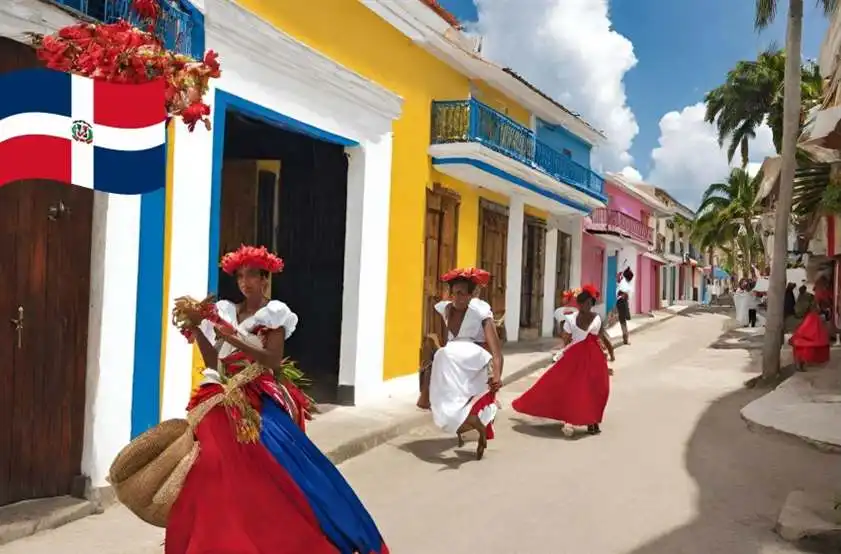

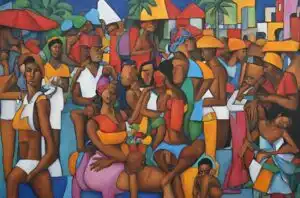

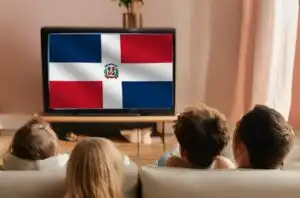


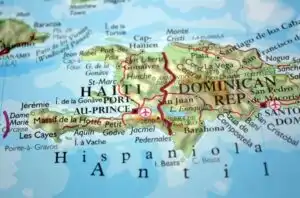
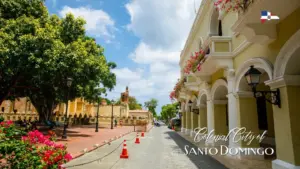

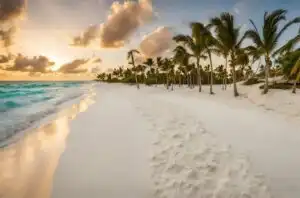

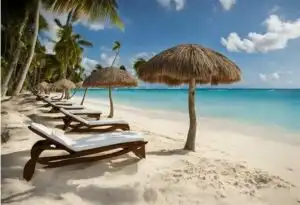
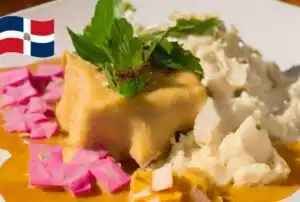
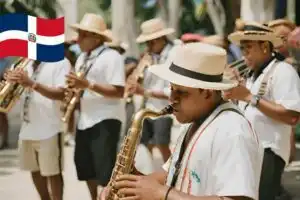

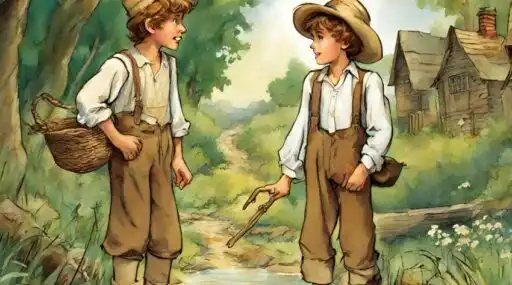

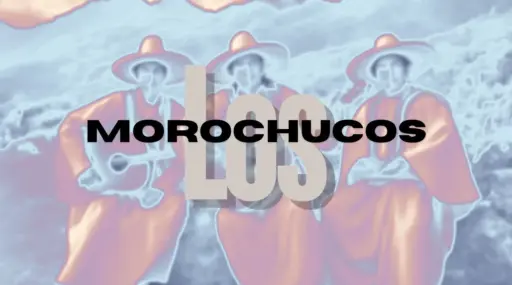

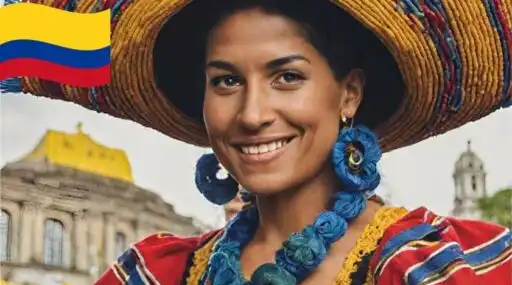

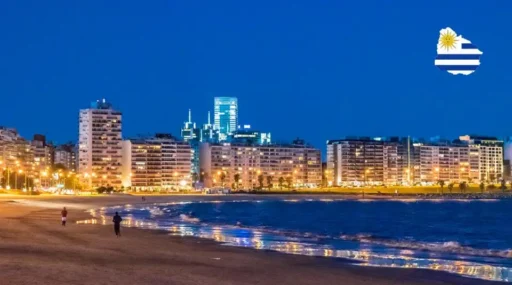


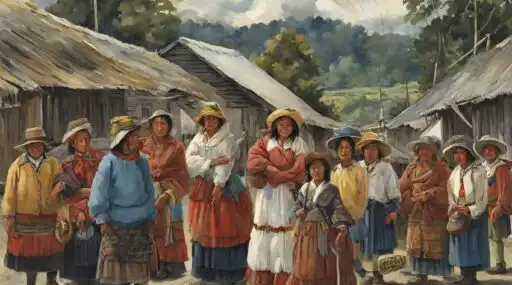
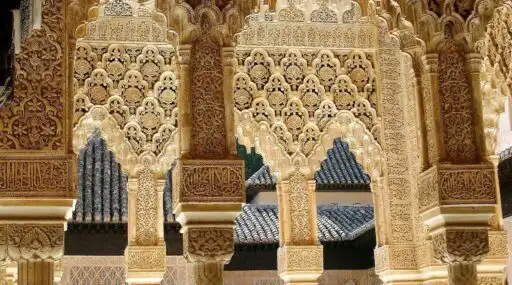

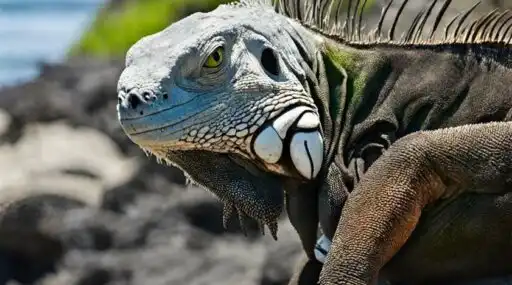
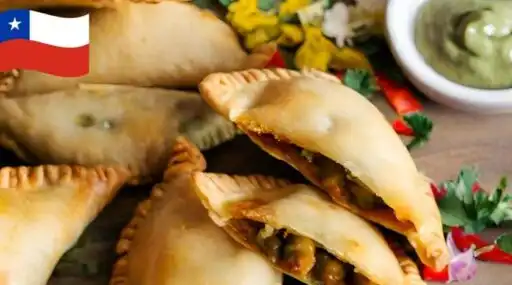
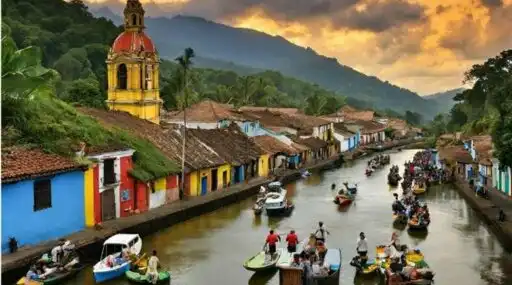

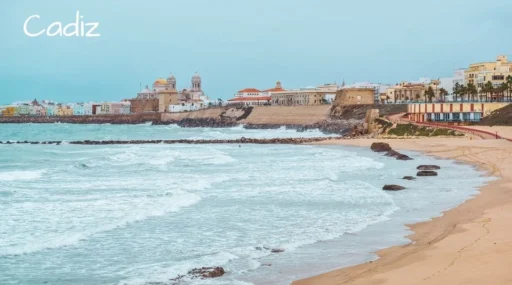

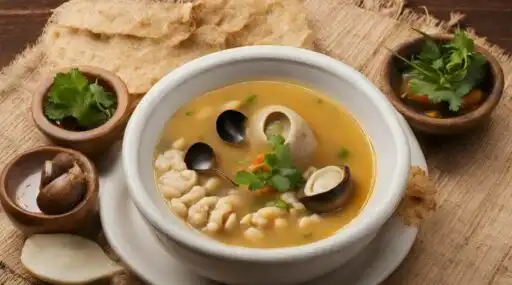


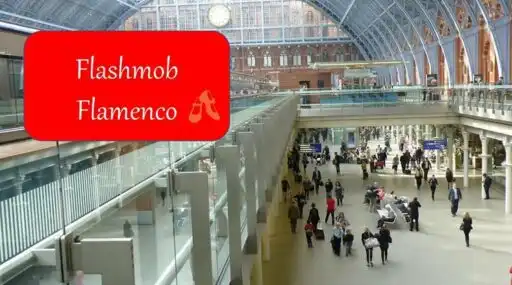
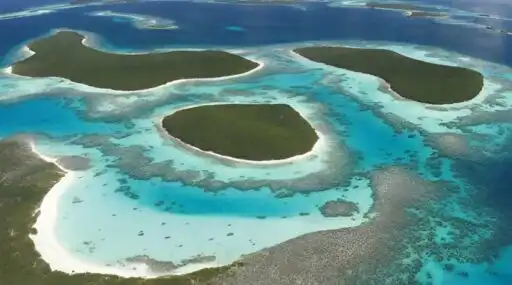
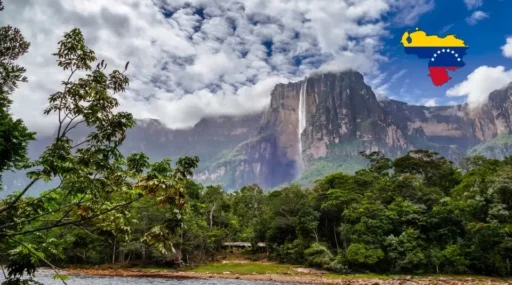
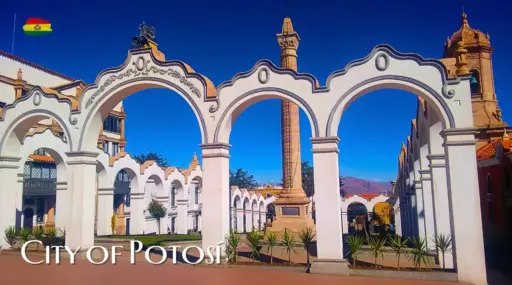
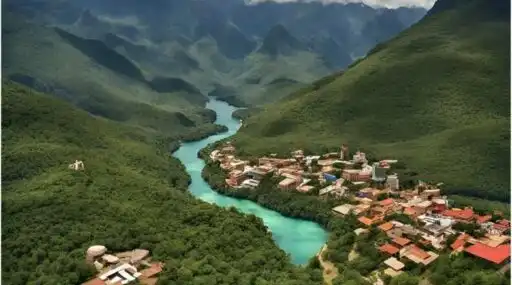
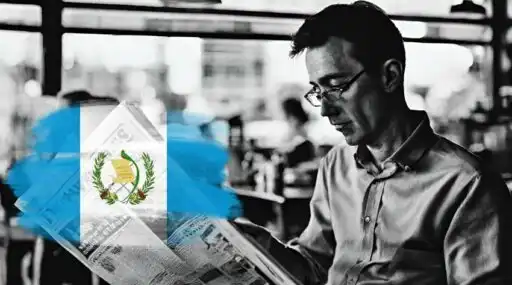


Leave a Reply